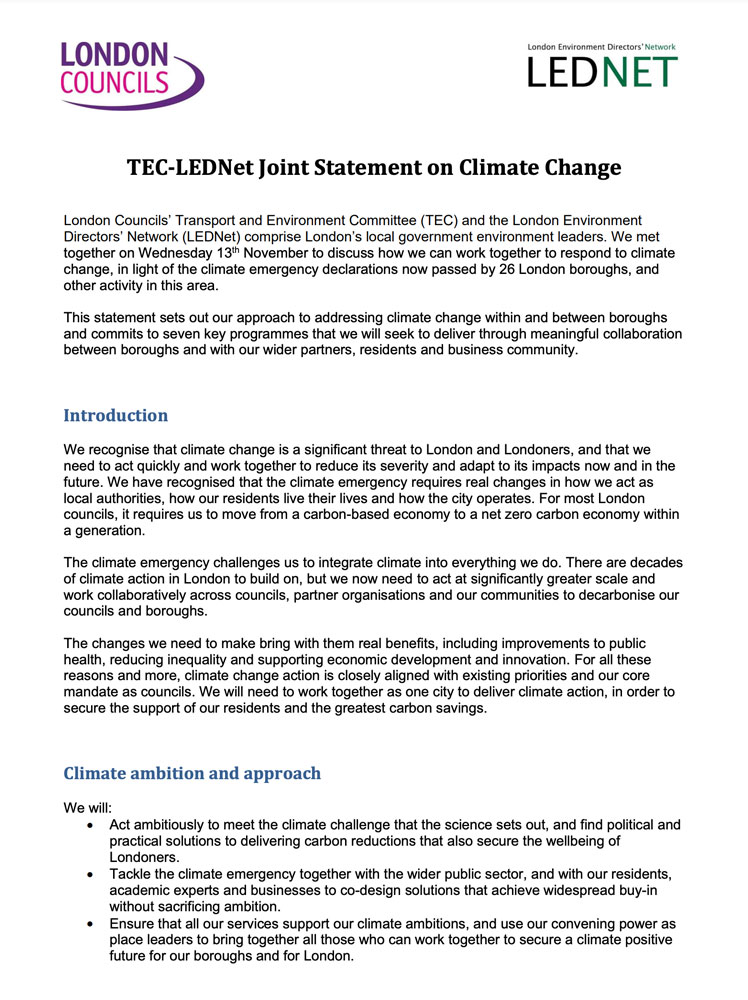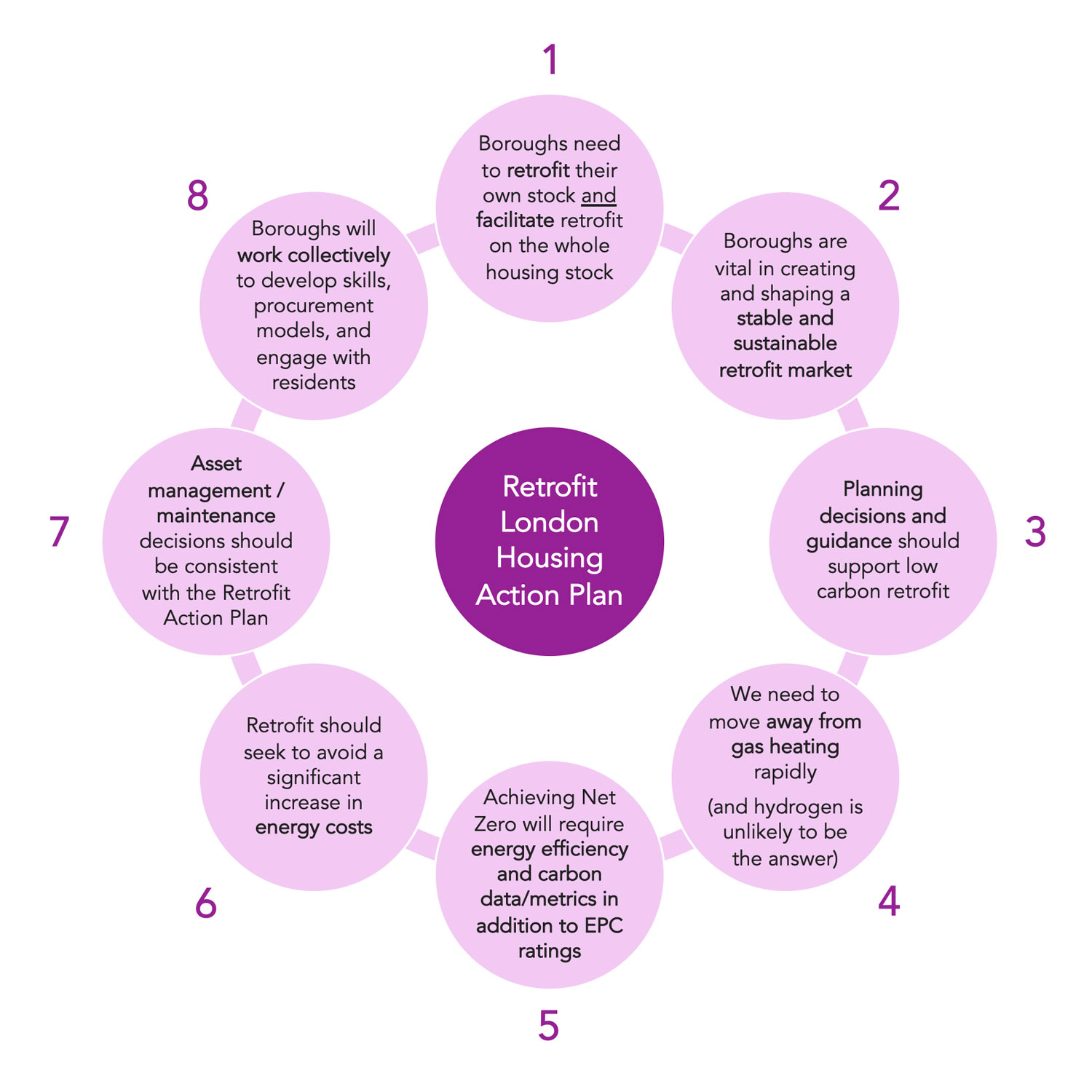Retrofitting London’s 3.7 million homes
The complex task of reducing carbon emissions from the capital’s housing stock is underway, helping to tackle climate change and delivering jobs and warmer homes for residents in the process

STRATEGY
Image: Istock

Joanne Drew
Housing and Regeneration Director, Enfield Council
Making London homes warm and green is an important and timely mission. It is one that calls on all housing providers to work together to bring forward solutions across all of the capital’s diverse communities. Accelerating action, for example, by insulating homes can help to address fuel poverty and the cost-of-living crisis for all Londoners. So what is the current picture?
In London, 28 boroughs and the Mayor of London have now passed climate emergency declarations, and all 33 London local authorities have either published or are developing a climate action plan.
London Councils has issued its Joint Statement on Climate Change, with a series of ambitious pledges. First among the pledges is an ambition to deliver a programme of home retrofitting to achieve an average Energy Performance Certificate Level B by 2030 (see graphic).
Home retrofitting imperative
London’s housing stock is responsible for around a third of all carbon emissions in the capital, while around 80% of all homes expected to exist in 2050 have already been built. Getting home retrofitting right is imperative for addressing climate change.
In October 2021, the detailed Retrofit London Housing Action Plan was published. It was approved by London boroughs’ housing directors and it provides a detailed, cross-tenure approach to retrofitting London’s 3.7 million homes.
Data analysis undertaken for the action plan highlighted the costs (as at July 2021) involved in delivering retrofit across all of London:
- Scenario 1: Around 56% carbon reduction and near average EPC B: Total cost (labour and materials) of £49 billion (average cost of £13,000 per residential property affected)
- Scenario 2: Net zero-carbon and average EPC B: Total cost (labour and materials) of £98 billion (average cost of £26,000 per residential property affected).
Funding sources
To achieve retrofit on the scale required, we need a combination of funding sources. But it is also vital we join up with wider partners and action to deliver net zero-carbon. If we work at the level of places, we can bring together all the infrastructure needed. This can be low-carbon energy systems, renewable power, along with other measures such as electric charging stations, to reduce carbon emissions. We can then seek to encourage private sector investment, while aligning public sector funding and utilising resident service charges in the most effective way.
The future presents a great opportunity to reimagine the traditional approaches to estate-based regeneration so that wider neighbourhood areas benefit through a focus on green place-making. More than this, it also challenges how we approach and integrate investment in our own stock. The drive to achieve net zero-carbon may mean moving to whole-house, place-based decent homes programmes to join up fabric and energy solutions.
Collaborative effort
The Retrofit London programme has started, and will need to continue, as a real collaborative effort. With London Councils’ cross-party support, the action plan was jointly funded, shaped and endorsed by the London Housing Directors’ Group and the Environment Directors’ Network and the Greater London Authority.
The project will help to support boroughs to retrofit properties in their area, taking a cross-tenure approach. Access to skills, as well as labour capacity is a challenge but also a great opportunity. Delivering on the retrofitting agenda can create more than 100,000 jobs in the relevant trades, and a priority for many boroughs is to upskill their in-house maintenance teams, creating new jobs for local residents.
We must also work with and listen to Londoners. By engaging well with local communities we can ensure maximum take-up and support adaption to living with new heating systems and smart technologies. We must ensure any transition we work towards is a just one that brings all Londoners along with us.
Enfield and Waltham Forest are the lead boroughs for the programme and have been working with London Councils to develop this work.
“Delivering on the retrofitting agenda can create more than 100,000 jobs in the relevant trades, and a priority for many boroughs is to upskill their in-house maintenance teams, creating new jobs for local residents.”




